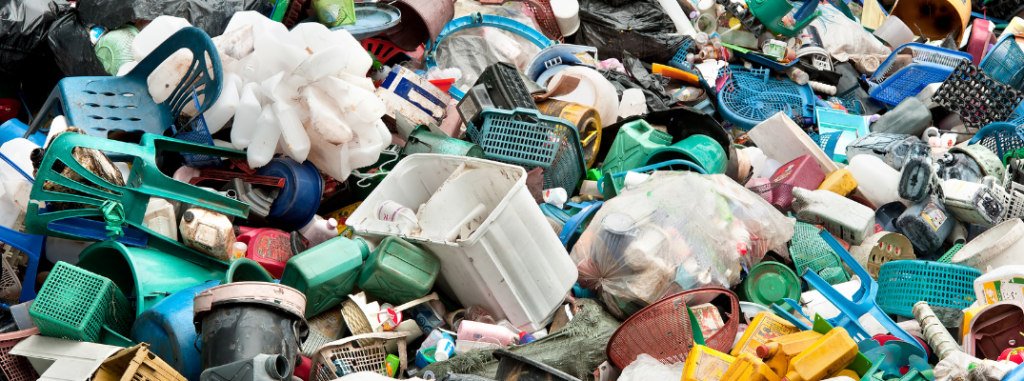I remember drying my school notes in the sun after a heavy rainfall. The floods we experienced were brutal. Currently, our backyard canal still fills dangerously to the brim. Looking back now, I have found out the reasons for the flooding.
The community’s inability to afford a waste disposal system caused us to create our own landfill. The landfill’s growth extended to the canal blocking the water passage. So why didn’t the waste decompose? Because it consisted and still consists primarily of Plastic bags. Most people around here buy cold water in sachets and also carry our goods in small black nylons.
Recently, I got the idea of using one type of bag to perform both functions. I decided on eliminating the black nylons because they are rejected at most recycling centers. The carbon black pigment in the black nylons prevents sorting machines from detecting them, which means they get sent to landfill.
So I collected pure water sachets, cut them open, washed and dried them. Using small tubes of super glue, I confirmed that plastic could be bound together by glue. The next glue I used was Top Bond. It produced my first bag. Unfortunately, the glue’s white color made it quite messy. Finally, I settled on O.M.O. glue whose bindings are neat and strong. As soon as I make two dozen bags, I would deliver them to my retailer. Although not finalized yet, we have an agreement in place for her shop to be used to introduce the new bags to the public.
What are the challenges to be faced in getting these bags accepted by the public and how will I solve them?
1) The bags are transparent: Since there is currently no ban on black nylons, people may not feel obliged to carry their goods in transparent bags. But, there has been a time when black nylons were scarce, causing people to carry their goods in transparent nylons. I believe that if these new bags prove to be as durable, neat and available on demand as black nylons, they will come to be accepted with time.
2) Source of income: There is also the concern that the producers and retailers of black nylons will be out of jobs. Fortunately, it can be minimized to only the producers. Local retailers can assume the role of both producers and retailers. Thus, profit will be retained in our community improving lives. Producing water sachets bags will require little capital since the main materials will be easily available. Using and reusing these nylons to make plastic bags will prevent them from causing pollution. Also, the energy released into the environment while producing plastic bags from new materials will be reduced.
In the campaign to beat plastic pollution, this is just a stop gap solution. I believe Plastic bags should be banned. But to reduce the amount of litter that ends up blocking our canal, this is my little contribution.
NB: This Article was submitted for and won the Write4Climate challenge by SustyViber Sonia Ugwunna.

